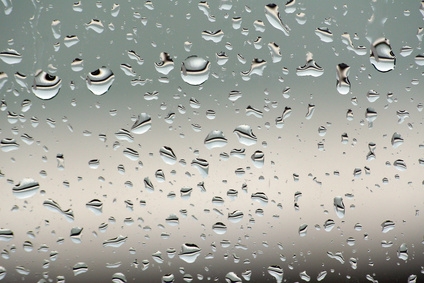
Windshield technology has improved considerably over the years. Plain, flat window glass in early cars made way for toughened glass, which broke into pieces when it broke but not sharp pieces. As early as 1919, Henry Ford began experimenting with laminated glass--two panes sandwiching a layer of cellulose. The glass would shatter but not break into pieces. The father of American auto manufacturing mandated the use of laminated glass in all Ford cars by 1929. Early laminated windshields were flat. Modern windshields are curved. Modern laminated windshields also use polyvinyl butyrate as the filling between the two glass pieces. It's the safest windshield glass going.
It is not unusual for small stones to be thrown up into your windshield while you drive. You might not notice the tiny chips that mar your windshield surface--until external temperatures drop below zero and a barely visible chip suddenly develops into a crack. You can aggravated the situation by defrosting your windshield by pouring hot water on it.
According to seismologist Larry Gedney, the problem is caused by the metal frame of the car expanding and contracting (due to temperature extremes) at a different rate than the windshield glass. This causes additional stress on the glass in cold weather, particularly at the pointed ends of a crack, resulting in serous risk of further separation.
Rick Robertson, vice president of Auto Glass of Indiana, gives the following advice: Have existing chips fixed before winter. Do not turn the car's windshield de-mister to maximum as soon as you come out of your garage; rather, warm it gradually to minimize temperature differences on freezing days.